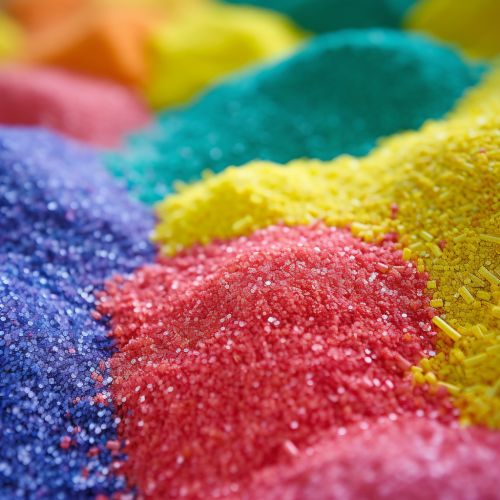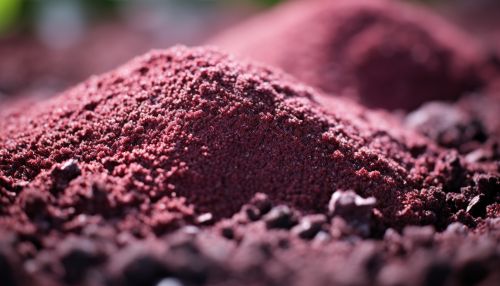Fertilizer
Introduction
Fertilizer is a substance added to soil to improve plants' growth and yield. First used by ancient farmers, fertilizer technology developed significantly as the chemical needs of growing plants were discovered. Modern synthetic fertilizers are composed mainly of nitrogen, phosphorous, and potassium compounds with secondary nutrients added. The use of synthetic fertilizers has significantly improved the quality and quantity of the food available today, although their long-term use is debated by environmentalists.
History
The use of manure as a fertilizer is an ancient practice that has been passed down from generation to generation. The discovery of the utility of manure in promoting plant growth led to the use of other natural substances as fertilizers, including bone meal, ashes, and bird droppings. In the 19th century, scientists began to understand the role of nitrogen, phosphorous, and potassium in plant growth, leading to the development of synthetic fertilizers.
Composition
Fertilizers are typically composed of three major categories of nutrients: macronutrients, secondary nutrients, and micronutrients. Macronutrients are the elements that are needed in the largest quantities by plants. These include nitrogen (N), phosphorus (P), and potassium (K), which are the primary ingredients in most fertilizers. Secondary nutrients include calcium (Ca), magnesium (Mg), and sulfur (S), while micronutrients include elements like iron (Fe), manganese (Mn), and zinc (Zn).


Types of Fertilizers
There are two main types of fertilizers: organic and synthetic. Organic fertilizers are derived from plant or animal sources and include manure, compost, and bone meal. Synthetic fertilizers are manufactured chemically and contain the necessary nutrients for plant growth in concentrated form.
Organic Fertilizers
Organic fertilizers are derived from living organisms. They are typically made from plant or animal waste or powdered minerals. Examples include manure, compost, bone meal, and seaweed extracts. Organic fertilizers release nutrients slowly and improve the structure of the soil, which can help improve plant growth over the long term.
Synthetic Fertilizers
Synthetic fertilizers are manufactured using chemical processes that combine different nutrients in specific ratios. These fertilizers are typically more concentrated and faster acting than organic fertilizers. They are often used in commercial farming where rapid plant growth is desired.
Application
The application of fertilizer varies widely depending on the type of fertilizer, the type of plant, and the specific needs of the soil. In general, fertilizers are applied either by broadcasting them over a large area or by applying them directly to the soil near individual plants.
Environmental Impact
The use of fertilizers has significant environmental impacts. Excessive use of fertilizers can lead to nutrient runoff into waterways, causing eutrophication and harm to aquatic life. Additionally, the production of synthetic fertilizers requires significant energy input and produces greenhouse gases.
Future Developments
Future developments in fertilizer technology are likely to be driven by the need to reduce the environmental impact of fertilizer use. This may involve the development of more efficient fertilizers that require less energy to produce and are more effective at delivering nutrients to plants.
